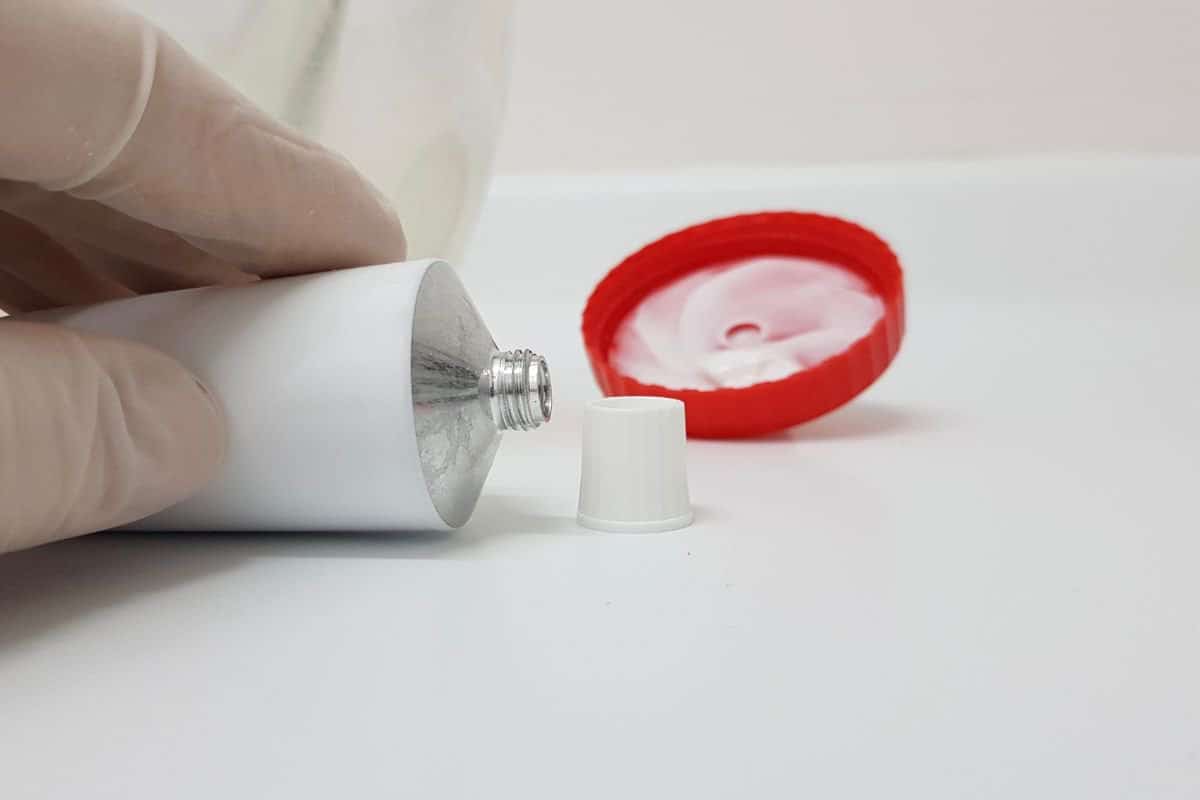Is Antifungal Cream An Effective Treatment On Dogs?
Every creature on this green earth is afflicted with some kind of ailment at some point.
It can be anything from an injury caused by trauma, like a fall, or an infection caused by microscopic bacteria, whatever the case may be it is something that now ails the creature, and they need help.
One of the most prolific kinds of ailment that animals suffer is from a fungal infection. Fungi are some of the most interesting, durable, and insidious animals that exist in the world today, and their fungal spores infect millions.
These fungal infections can easily happen to both humans and our best friends, dogs.
The only difference is we know the treatment for humans. However, human solutions sometimes don’t work on our canine companions. So, can you use Antifungal cream on a dog? Or will that make things worse. Let’s find out.
How Does A Dog Even Get A Fungal Infection?
Much like bacteria, fungus and fungal spores get everywhere.
They are released in their millions in the atmosphere by one little fungi, like a toadstool, and so picking up spores or to have them naturally occurring on the body is not an unusual thing, for both dogs and humans.
Therefore, it is normal for dogs to get fungal infections in the same way that humans get fungal infections.
If a fungus is picked up or a fungal presence is already on the skin, then it just needs to wait for the right conditions in order to grow and spread around the area of an organic material.
For example, the fungus that causes athlete’s foot in humans can wait for years in a moist, warm place before infecting the skin, like in a communal shower.
In dogs, a good example is yeast dermatitis (caused by the fungus Malassezia Pachydermatis). While it occurs on the skin naturally, given the right conditions it can rapidly expand and grow until it is overgrown, causing the dermatological condition.
This is particularly common in floppy eared dogs, as the ears create a warm and moist environment for it to grow.

If the fungus is caused by a spore, then it has to enter the body by inhalation (in other words, breathing) by the dog or by openings in the skin.
There are thousands of fungi that get into the dog’s body this way, with most attacking the lungs and the skin, like blastomycosis and ringworm.
Ringworm is especially common, in both humans and dogs, as it can live on skin, clothes, carpets, and furniture, and it is highly contagious.
Can I Use An Antifungal Cream On My Dogs? Treatments For Dogs
If you suspect your dog has a fungal infection, the first thing you should be doing is calling your vet and arranging an appointment.
Your vet is an expert in animal welfare and will be able to discuss effective treatment plans with you personally.
Not only that, but they can probably determine the type of fungus there, either by taking a skin scraping, microscopic examination, or using a Wood’s light (a type of UV light) to see the fungus.
However, one of the treatment options is indeed an antifungal cream. With that said, there are only a few kinds of antifungal cream safe for dogs, so make sure that you discuss it with your vet first before applying it to your dog yourself.
If the fungal infection is more severe, then the vet may prescribe oral medication, and a potential environmental decontamination of the dog and your home to ensure it is not being caused by external factors.
If the fungal infection is in the ear and has caused an ear infection, the vet will probably do a thorough ear cleaning of the dog and give it a round of antibiotics to stop any secondary bacterial infections from occurring.
Sometimes a vet may give you a medical shampoo to wash the dog with. This can occur during the case of Ringworm, as it can be a pretty persistent fungal infection.
While it may be a pain to do, it is a very effective treatment option and often takes care of any skin based fungal infections.
Antifungal Creams That Are Safe For Dogs
As we stated before, there are only a few antifungal creams that should be applied to a dog’s skin in the case of a fungal infection.
If you are applying it to your dog, a precaution you should take is wearing gloves, so the infection does not spread to you.
Miconazole
If you have ever experienced a yeast infection, then you have probably used this cream. It is a universal antifungal cream and ointment that treats yeast infections and skin infections, like ringworm.
This cream is safe to use on your dog, but always check with a vet before using medication on your animals.
Clotrimazole
This antifungal cream is normally used to treat athlete’s foot in human patients, but it is perfect for fungal infections in most dogs and cats.
While this cream can be bought from most stores, never use it without direction from a vet first. It can be a little strong.
Econazole
An antifungal mostly used for animals, specifically dogs, cats, and horses. It is mainly used for skin based fungal infections.
Ketoconazole
It can come as a cream, ointment, or a shampoo, this is used to treat skin based fungal infections or nail based fungal infections.
Itraconazole
This is probably the strongest antifungal you prescribe to dogs on this list. It generally only comes in the oral form, so a tablet or liquid, and it is only used for the most severe fungal or yeast infections in dogs.
Conclusion
Antifungal cream can be used to treat dogs with a fungal infection, however, there are only a few antifungal creams you can use for this purpose.
Therefore, you should always seek advice from your regular vet, before you purchase and use any of the regular antifungal creams you might find in the store.






